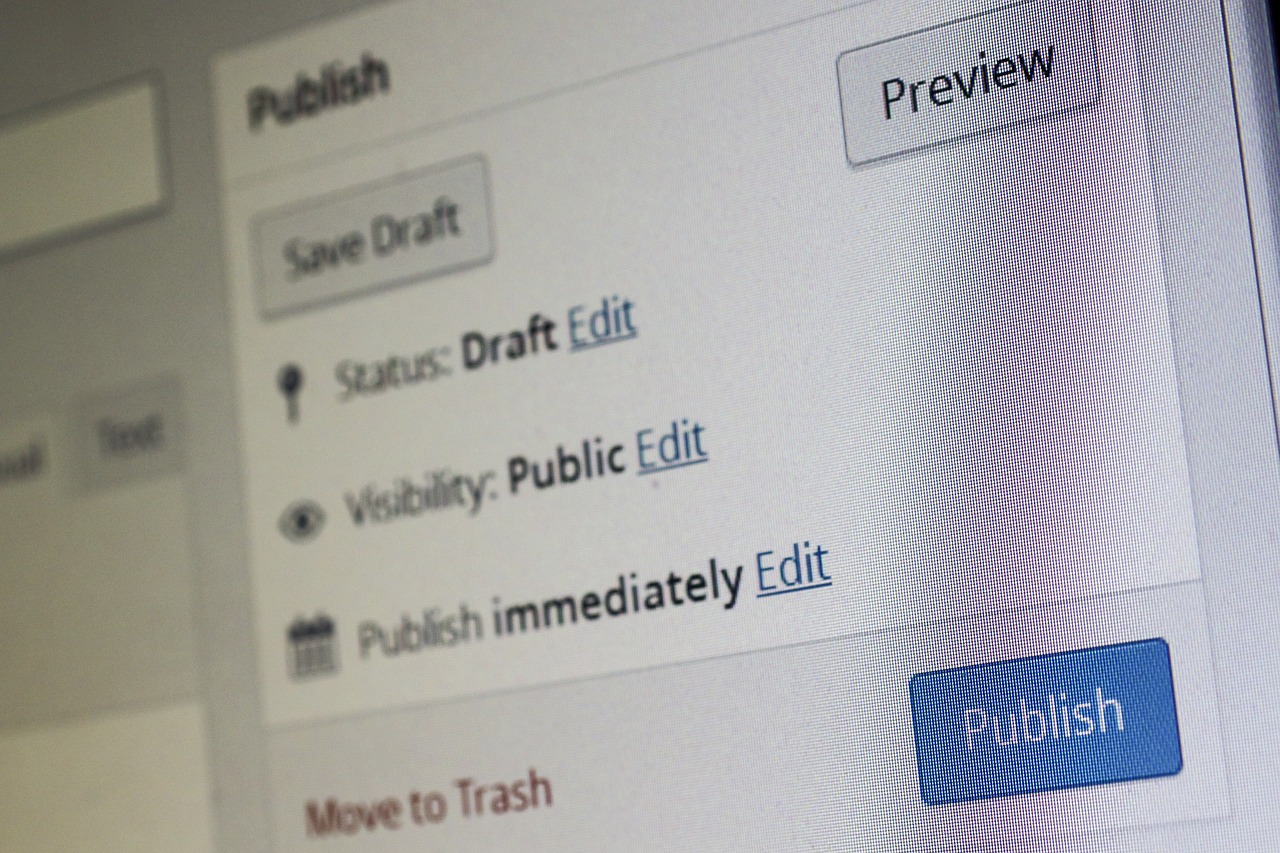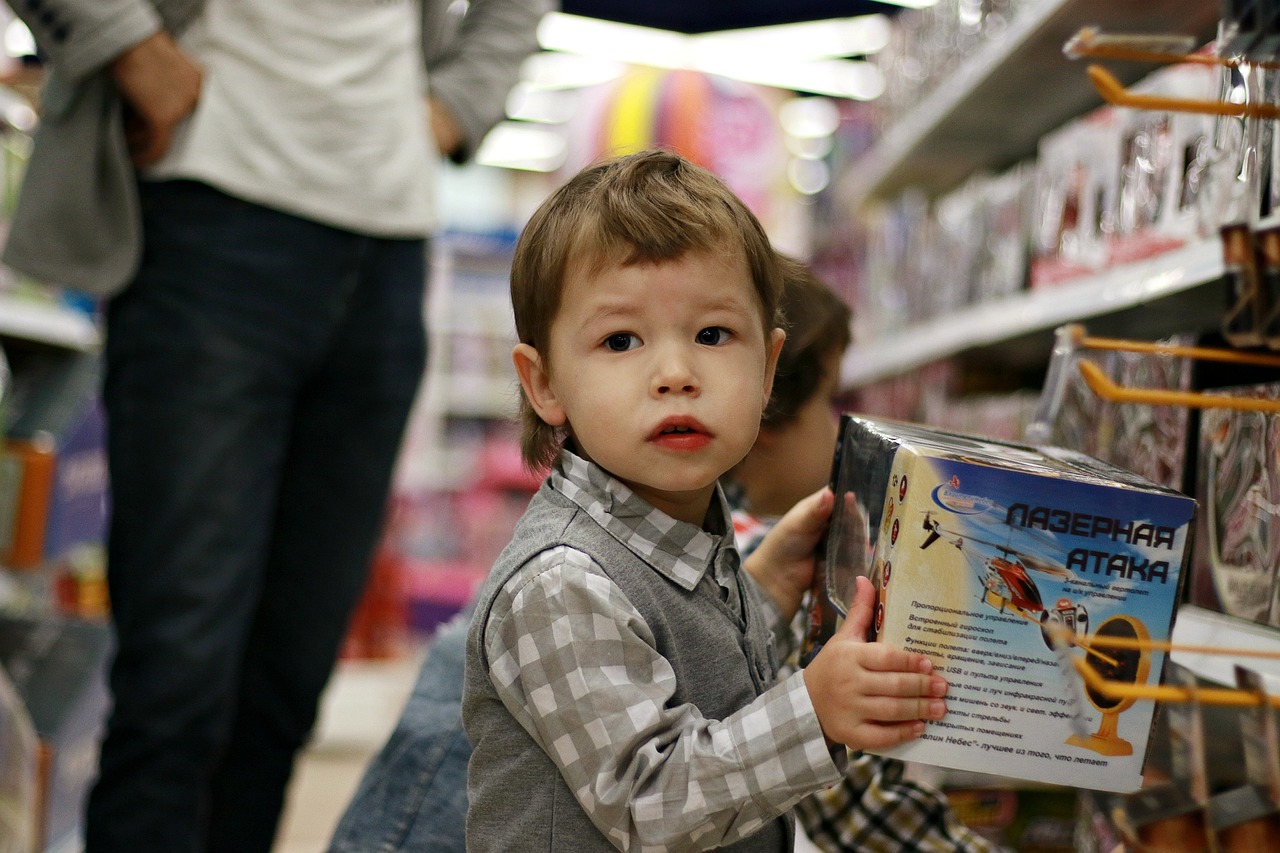
Understanding The 2025 B2B Content Consumption Reality
The key insight from NetLine’s 2025 State of B2B Content Consumption and Demand Report is that while demand for B2B content is at an all-time high, the time buyers take to engage with that content has significantly increased. In 2024, there were 7.9 million first-party content registrations—a 27 percent increase year over year, continuing a trend of an 84 percent rise since
2019. Despite this surge, the average delay between content request and consumption stretched to nearly 39 hours, a 23 percent increase from the previous year. This paradox reveals a fundamental shift in buyer behavior where curiosity is strong, but immediate engagement is rare, reshaping how marketers must approach follow-up and nurture strategies.
Recognizing The Consumption Gap As A Behavioral Shift
The Consumption Gap, defined as the time from content request to consumption, has evolved from a minor delay into a pronounced canyon. This gap now averages nearly two full days, signaling a deeper behavioral trend rather than just a timing issue. Automated follow-ups that rush buyers within minutes risk appearing intrusive rather than helpful. As marketing expert Jay Baer points out, buyers are busy with complex schedules and competing priorities, so marketers must acknowledge this reality by offering space and patience. A considerate follow-up message that says “We see you and we’re here when you’re ready” fosters trust and respects the buyer’s timeline, aligning messaging with real-world buyer behavior.

Using Content Format To Gauge Buyer Intent Accurately
Content format provides important clues about buyer intent, but only if marketers pay close attention. In 2024, Playbook registrations were 115 percent more likely to signal a purchase decision within 12 months, indicating higher buyer urgency. In contrast, eBooks accounted for 53 percent of all registrations but were 12 percent less likely to indicate near-term buying intent. This means Playbooks attract buyers actively shopping, while eBooks attract those still browsing. Knowing this helps marketers tailor follow-up cadence and messaging, avoiding treating all leads as equally urgent. Furthermore, the Consumption Gap varies by format, with Playbooks averaging under 24 hours and eBooks nearly 40 hours, reinforcing that format choice is a window into the buyer’s mindset and timeline.

Balancing Speed And Patience In Buyer Engagement
While responsiveness remains critical, NetLine’s data highlights the importance of balancing speed with empathy. Rapid responses can build trust if timed well but can damage relationships if they feel robotic or rushed. The ideal “Goldilocks Zone” is responding quickly enough to show care, yet patiently enough to respect the buyer’s actual readiness. Supporting this, short-term purchase intent declined by 12 percent in 2024, while mid-term intent over three to six months rose by 15 percent. Additionally, 16.5 percent of users planned to invest within a year, more than triple the rate cited by Forrester. These metrics emphasize that relevance and timing aligned with intent signals outperform hasty, generic outreach. A carefully timed, personalized check-in 48 hours after a Playbook download, for example, can outperform an immediate but impersonal follow-up.

Adapting Increased
Adapting To Increased C-Suite Engagement With Patience. C-level executives are engaging with B2B content more than ever, with a 27 percent year-over – year increase in registrations, now making up 13 percent of total demand. However, their involvement often happens at varying stages, sometimes initiating interest and other times joining after extensive internal research. Their engagement is an important signal but not a guaranteed buying commitment. The best approach is to respect their limited time by delivering concise, strategic content that addresses big-picture challenges and clear next steps. Meanwhile, individual contributors, who represent the largest volume segment, play a crucial role in influencing buying decisions. Successful marketers recognize the dual importance of catering to both leadership and frontline buyers with tailored content and nurture strategies.
Aligning Marketing Timelines With Buyer Realities
The overarching lesson from the 2025 report is that B2B buying is neither linear nor fast. Gartner data confirms buyers spend only 17 percent of their journey interacting with vendors, divided among all vendors, meaning a single vendor might receive just 5 percent of that time. The majority of the buying process occurs away from vendor view—in internal discussions, Slack threads, Zoom calls, and website research. Consequently, marketers must stop forcing urgency and instead enable discovery by being patient, present, and prepared. When buyers finally act, they expect rapid, relevant responses. The data-driven reality of 39-hour average delays and fleeting 39-second attention spans demands marketers shift from speed obsession to strategic patience, learning to hurry up and wait to win trust and drive revenue in 2025 and beyond.